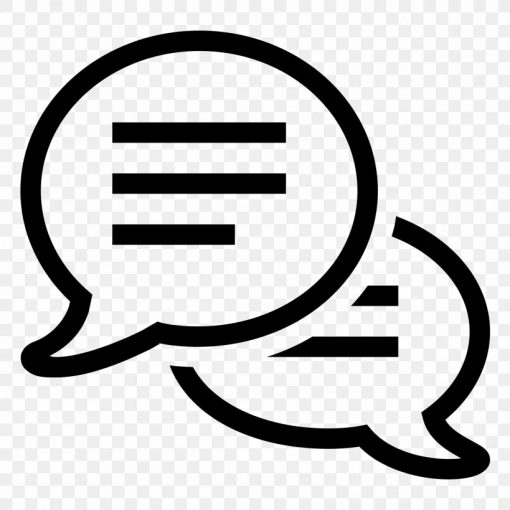The most frustrating emails I receive are those that lack of purpose. For example: The team lead starts the first email addressed to a group of ten people, asking the best date and location for a team lunch. You and everyone on the mailing list receive a second email, person A states that both days work and location doesn’t matter. You and everyone receive a third email, Person B states either day and suggests a location. Person A replies to all with the fourth email, stating that the location is not preffered because of bad service. Person C sends the fifth email suggesting a location. That’s already five emails from three people on the same topic, and no decision or consensus. I find these emails the most frustrating, especially on a busy day.
When writing emails, I follow these steps:
- Identify purpose of communication.
- Choose appropriate communication medium.
- Include the key message in the first two lines
- Be clear and professional.
- Review. Descriptive subject line.
Before writing an email, identify the purpose of communication. Why this email is important, is the information confidential, is an immediate response required, etc.
Consider if email is an appropriate communication medium. Depending on the information to be communicated, it could be better to talk in person, on the phone or a short instant message.
The first two lines of the message should dictate the purpose of communication. Be professional and concise. Stating the most important information at the start of the email tells the reader why the email is being written, information contained and why it may be relevant for them. This saves the reader time, and is strongly appreciated.
Be clear in expressing the message in your email. In general, avoid “smileys” ( e.g. 🙂 =p ) because they can be misinterpreted. Sentences with a vague message are frustrating, even in verbal communication. For example, someone asks “do you want to go for dinner?”, the reply “I don’t know”.
Review the email, put yourself in your readers shoes. Is the message clearly understood? Does the reader have sufficient background knowledge to understand the message? Verify the subject line of the email is describes the content of the email. This tells the reader the email’s importance and significance, suggesting that it may need to be read immediately or at a later time to their convenience.
Relation to Example:
Strong fault on the team leader for sending out the first email. He/she should have considered the culture of the organization, the members were likely to respond using “reply to all”. A better approach for the leader would be to suggest two possible days, and email only if there was a strong preference for a specific day and location.
Effective Communication
Effective communication is established when you understand your audience. Consider who you are writing to and the amount of background information they know. Understand the hierarchy; there may be a chain of command so deference is recommended.
As a team leader, I use different styles to convey my message. My tone is often sincere as it also reflects with my actions. I try to include cheerful and positive comments, to encourage towards team goals. I also cultivate an environment for enthusiasm, active participation and team spirit.
Everyone has their own writing style. What’s yours?





